When you settle down with a good book, the right lighting can make all the difference between a comfortable reading session and eye strain. But how do you pick the best reading light for your nook when there are so many to choose from? It's important to find the right mix. Too much artificial light can hurt your eyes, and too little can make it hard to read. This guide will help you choose the best reading lamp, from LEDs that use little energy and are easy on the eyes to figuring out how bright your bulb should be. We'll help you find the right reading light for you, whether you're in bed with a book or at your desk learning.
Is LED or Incandescent Better for Your Eyes?
When you're picking out a light bulb and thinking about eye comfort, here's the simple lowdown:
LED bulbs are better for reading because they don't flicker Because of this, they are less likely to make your eyes tired after a while, which is good for your eyes. You won't get dry eyes or headaches from them because they don't get too hot like some other lights do. Plus, many LED bulbs let you change the level of lighting to suit your needs, so you can have just the right amount of light at any time. You won't have to change them very often because they last a long time.
Incandescent lamps, on the other hand, give off a warm glow that can make a room feel cozy, but they get very hot. If you stay close for too long, this heat is bad for your eyes. Plus, they use more power and break down faster, so you'll have to replace them more often.
|
Feature |
LED Bulbs |
Incandescent Bulbs |
|
Flicker |
Minimal to none |
Some bulbs may flicker |
|
Heat Emission |
Low |
High |
|
Brightness Adjustability |
Often dimmable |
Usually not dimmable |
|
Lifespan |
Long (typically 15,000-50,000 hours) |
Short (typically 750-2,000 hours) |
|
Energy Efficiency |
High |
Low |
|
Light Quality Over Time |
Remains consistent |
Can diminish as bulb ages |
|
Impact on Eyes |
Reduced strain due to stable light |
Potential for more strain due to heat and glare |
|
Color Temperature Flexibility |
Wide range (warm to cool light) |
Limited range (usually warm light) |
|
Frequency of Replacement |
Infrequent |
Frequent |

Shop Our Premium Lighting Collection
Explore our hand-selected bestsellers featuring crystal chandliers, pendant lights, wall scones and authentic alabaster stone:
How Much Light Is Needed for Reading?
Having the right amount of light is important for reading without hurting your eyes. A small lamp or a big ceiling light in your home all have a recommended brightness level that is shown in lumens. The higher the lumens, the better the light.
But how bright should your light be for reading? There isn't a single answer that works for everyone. It depends on what feels right to you, your age (as we age, our eyes need more light), and the type of light source you're using.
Here’s a quick guide to help you choose:
1.Pendant lights shine at 700-1300 lumens for reading:
If you put them in the right place, pendant lights that hang from the ceiling can shine light down and make it easy to read. They should be just below eye level to avoid glare but above it to provide enough light. A good range would be between 700 and 1300 lumens.
Pro Tip: Use a pendant light with a dimmer switch so you can adjust the brightness as needed without moving from your cozy reading spot.
2.Ceiling lamps offer 1600-4000 lumens for a good read:
A ceiling lamp spreads light over a large area, making it possible to make a comfortable reading space. But if you need to read more carefully, you might need more light sources. Depending on the size of the room, a center ceiling lamp should give off between 1600 and 4000 lumens of light.
Pro Tip: Opt for a diffused shade to spread light evenly and reduce harsh shadows.
3.Wall lamps provide a comfortable 400-800 lumens:
Wall lamps are great for adding supplemental light to a reading nook. They typically should emit between 400-800 lumens for a calming but clear reading environment.
Pro Tip:Install the wall lamp at eye level to minimize direct glare into your eyes while providing enough light for reading.
4.Chandeliers give off 2000-4000 lumens for reading elegance:
Chandeliers make a room look classy, but they aren't always the best choice for reading on their own. If you use a chandelier, make sure it has enough light to give off about 2,000 to 4,000 lumens of light.
Pro Tip:Choose chandeliers with downward-facing lights or those that come with shades to direct light down toward your book.
5.Floor lamps deliver 1000-2000 lumens for flexible reading:
Floor lamps give off 1000 to 2000 brightness, which makes them great for reading in a variety of settings. You can also move floor lamps around to suit your needs. For reading, you should look for a floor lamp with 1000 to 2000 lights.
Pro Tip:Select a floor lamp with an adjustable arm or head to direct the light exactly where you need it without causing a glare.
6.Table lamps have a cozy 450-850 lumen glow:
Table lamps are perhaps the most popular choice for reading. They work well when they’re emitting between 450-850 lumens.
Pro Tip: Ensure the bottom of the lampshade is at eye level when seated to prevent direct bulb glare.
7.Wall sconces emit a soft 400-800 lumens for books:
Wall sconces add ambient lighting and work well with other lighting sources. These lights aren't usually used for tasks, but if you want to use them for reading, they should give off 400 to 800 lumens.
Pro Tip:Position them at about head height when sitting down, and use a frosted bulb or a shade to diffuse the light gently.
8.Task lights brighten reading at 500-1200 lumens:
Task lights, like desk lamps, are great for reading because they direct the light in the right direction. Aim for between 500 and 1200 lumens for these lights.
Pro Tip: Use a task light with an adjustable neck or arm to fine-tune the direction of light onto your reading material and away from your eyes to prevent fatigue.
|
Type of Light |
Ideal Lumen Range |
Pro Tip |
|
Pendant Lights |
700-1300 Lumens |
Use a dimmer to adjust brightness. |
|
Ceiling Lamp |
1600-4000 Lumens |
Choose a diffused shade to soften light. |
|
Wall Lamp |
400-800 Lumens |
Install at eye level to minimize glare. |
|
Chandelier |
2000-4000 Lumens |
Select downward-facing designs for reading. |
|
Floor Lamp |
1000-2000 Lumens |
Pick an adjustable arm for direct lighting. |
|
Table Lamp |
450-850 Lumens |
Keep the shade at eye level to avoid glare. |
|
Wall Sconces |
400-800 Lumens |
Place at head height with frosted bulbs for softer light. |
|
Task Lights |
500-1200 Lumens |
Use an adjustable neck to direct light away from eyes. |
Which Is Better for Reading: Warm or Cool Light?
Setting up the perfect spot to read? The key is to choose the right light, whether it's cool or warm. You want a light that fits the mood of your book and the amount of time you plan to spend reading.
For a Cozy Read, Use Warm Light
Warm lighting has soft, golden tones that look like the colors of dawn or dusk and is usually between 1500K and 2600K. This kind of lighting is good for people who read for long periods of time because it's easy on the eyes. It eases stress and makes a calm space where you can relax with a book or anything else that is meant to help you relax.
You Can Study Better When the Lighting Is Cool
Cool lighting, which ranges from 4000K to 6500K, is on the other end of the scale. This light looks like the sun at noon and is similar to a clear everyday color. Its blue-white tone is meant to make you feel awake and focused, which makes it perfect for analytical or in-depth reading. It's the best option when you need to focus on something complicated or stay awake and interested in what you're reading.
For those who love diving into a good book for hours on end, it's a great idea to create a reading spot with cool lighting in the 4000K to 5000K range. This cooler light is clear without being too bright. It's better for your eyes than warm light, and it can help keep your eyes from getting tired during long, interesting reading sessions.
Light Up Your Reading Time
The best light for reading is one that feels comfortable to your eyes. You might like the cost-effective and gentle-on-the-eyes LED lights or maybe you're a fan of the cozy feel that incandescent lights give off. Just make sure the light isn't too dim or too bright, which is where lumens come in—they tell you how much light you're getting. And don't forget to consider whether a warmer or cooler light suits your reading mood best. With LightsStory offering a variety of lighting styles, you can experiment until your reading spot is just perfect. So take the step to tailor your space with light that's just right for you, and let your reading experience be as enjoyable as it should be!

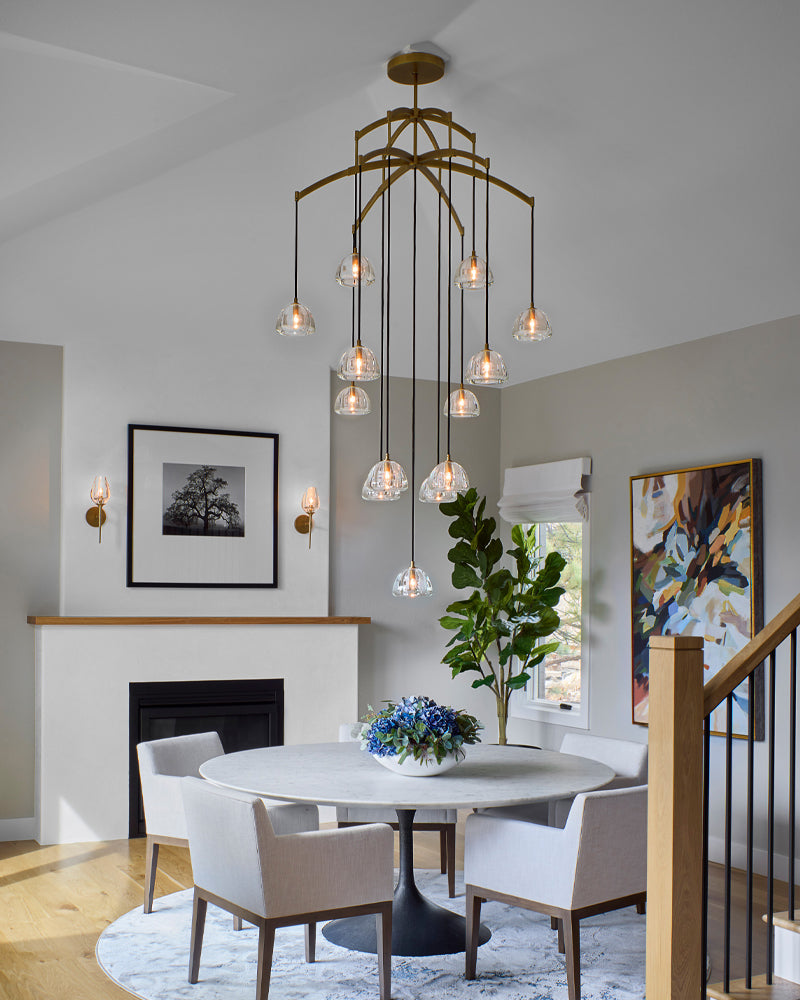
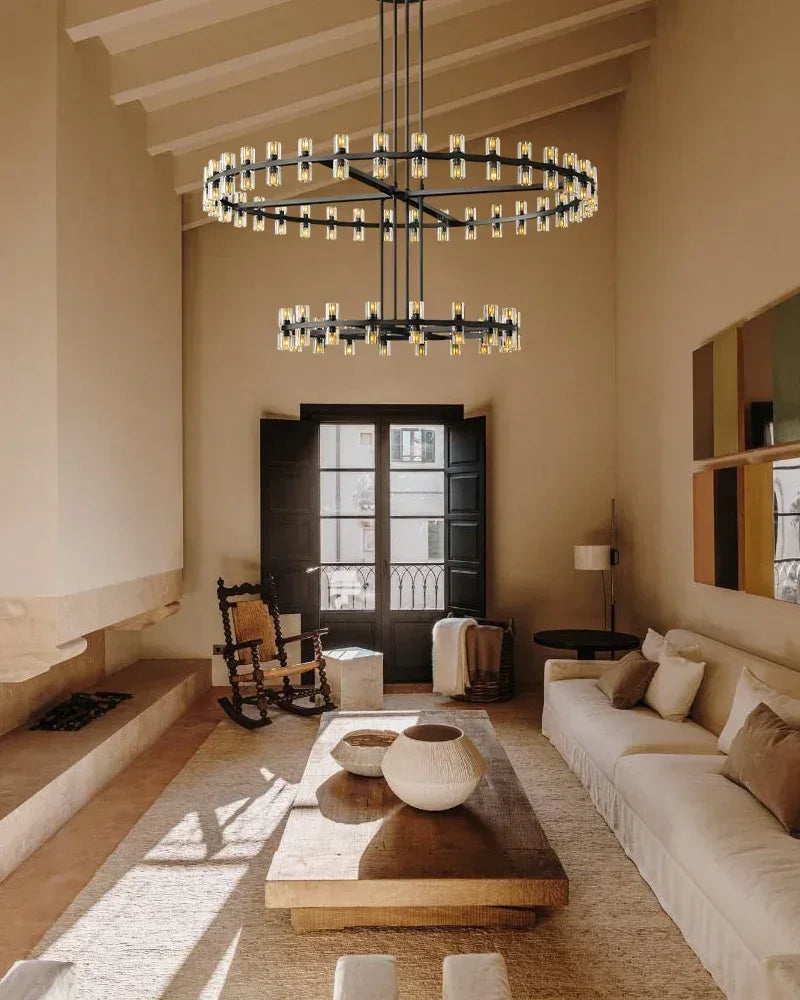
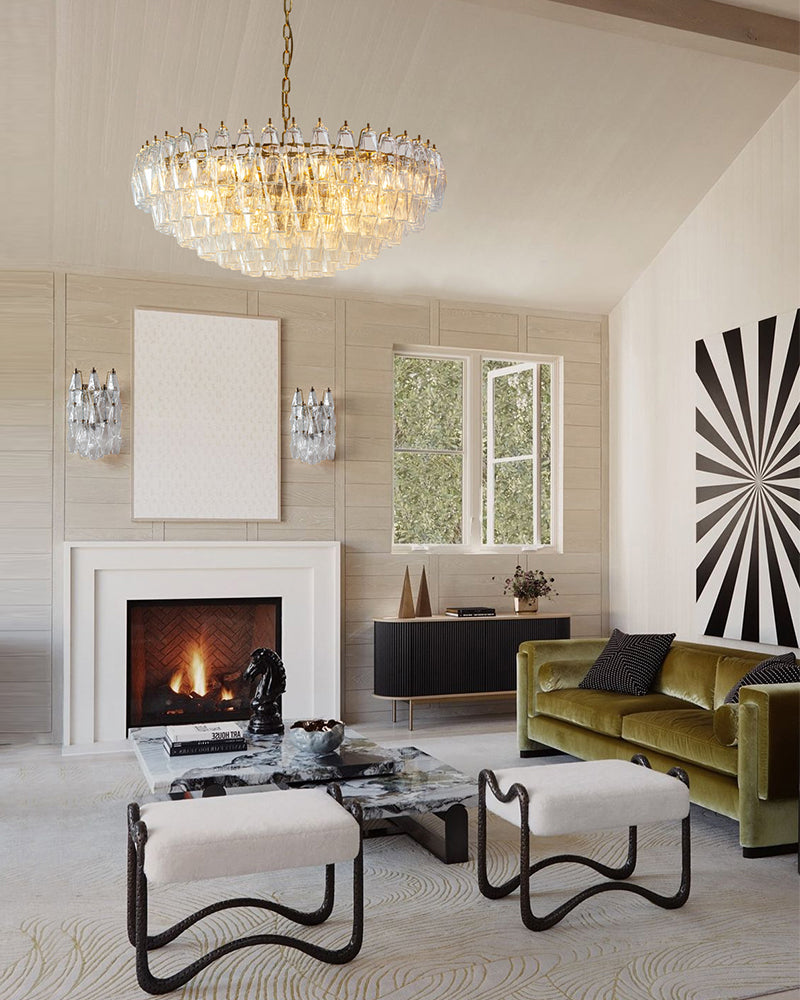
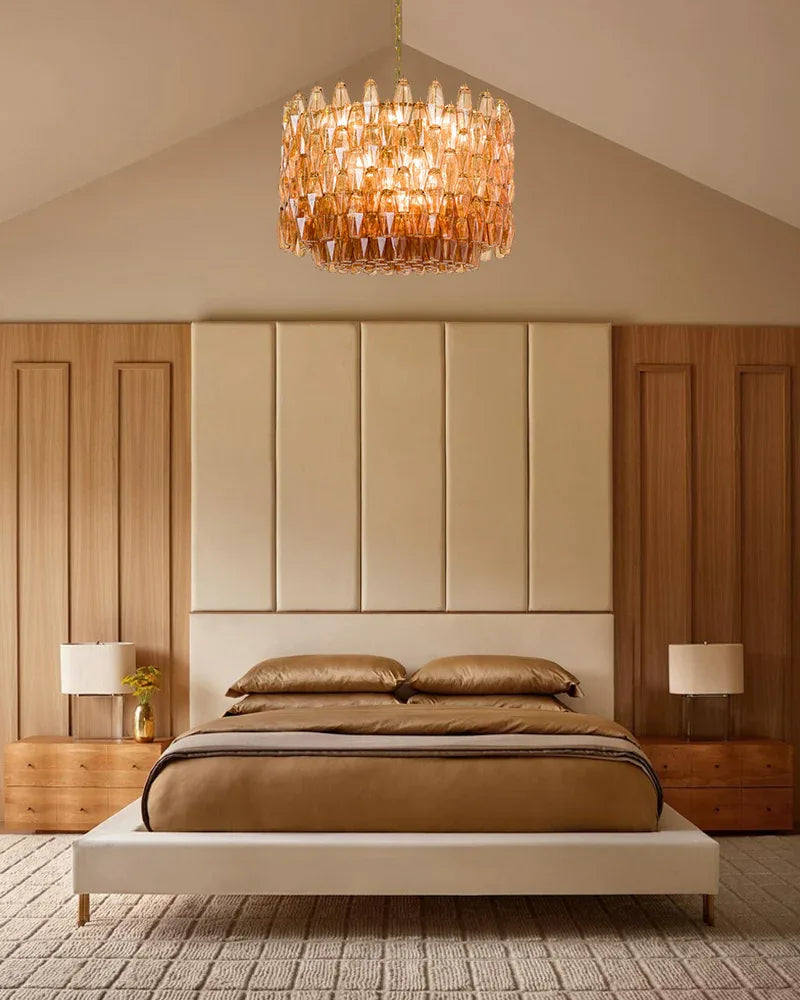
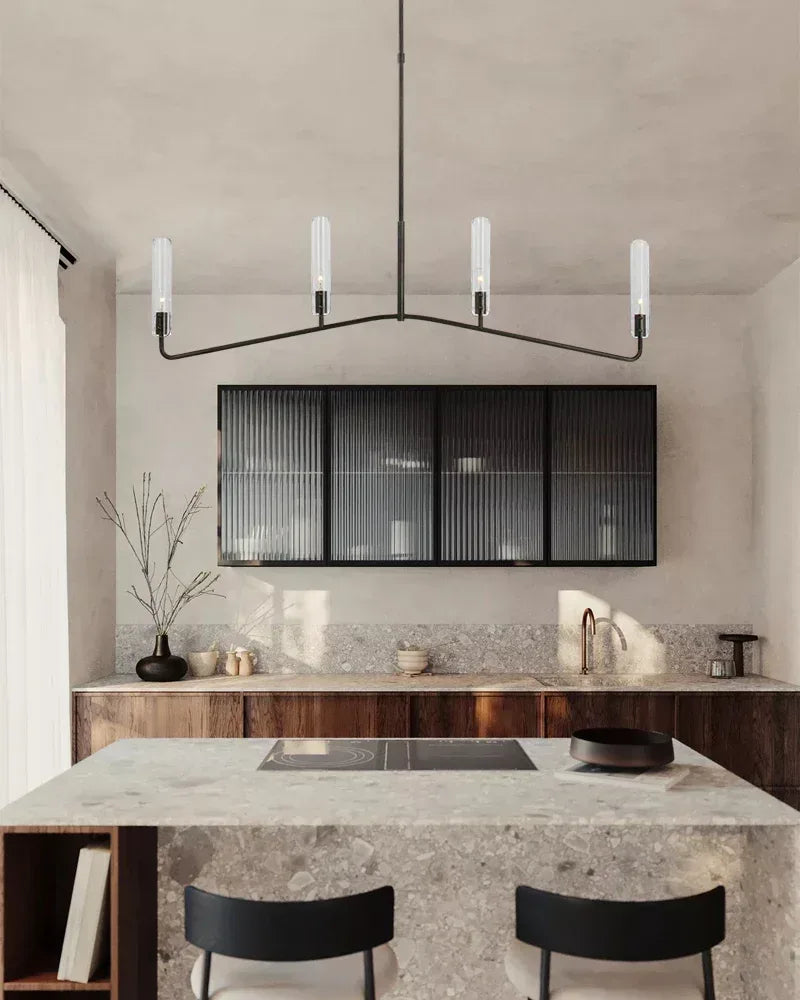
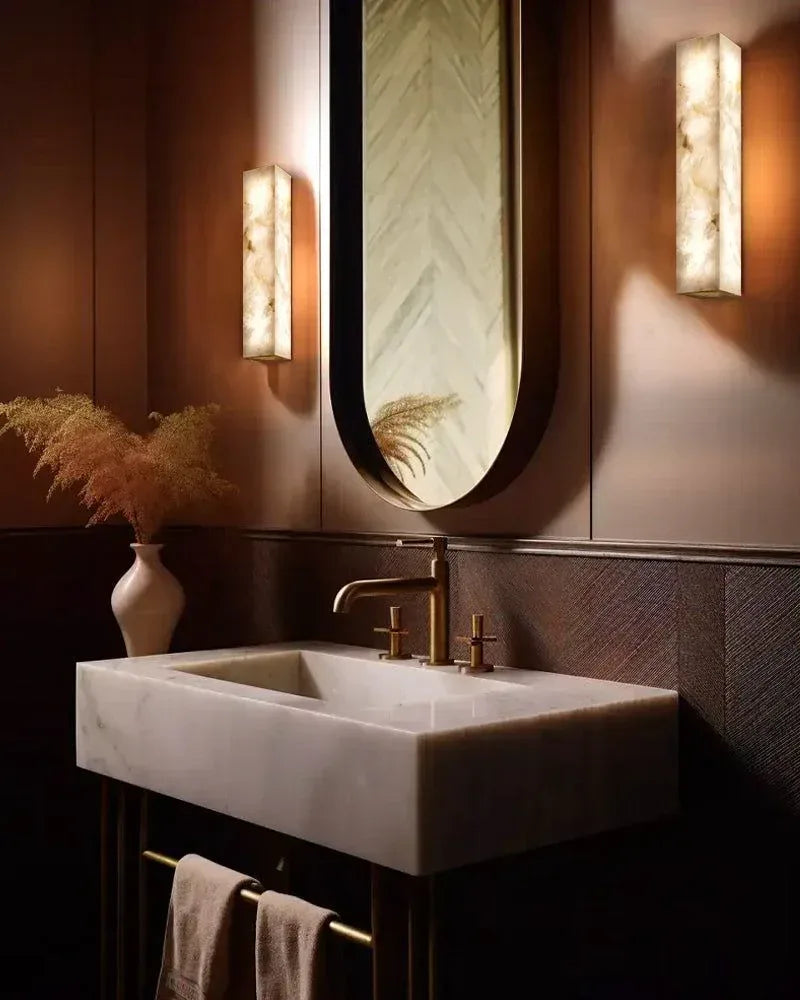

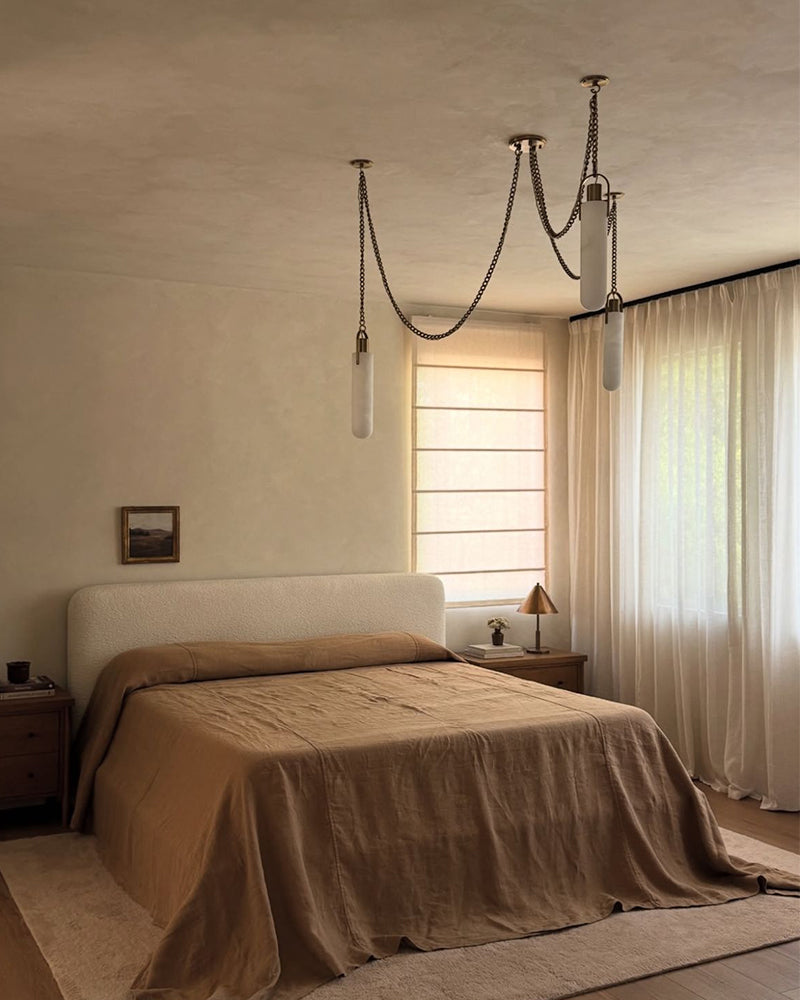
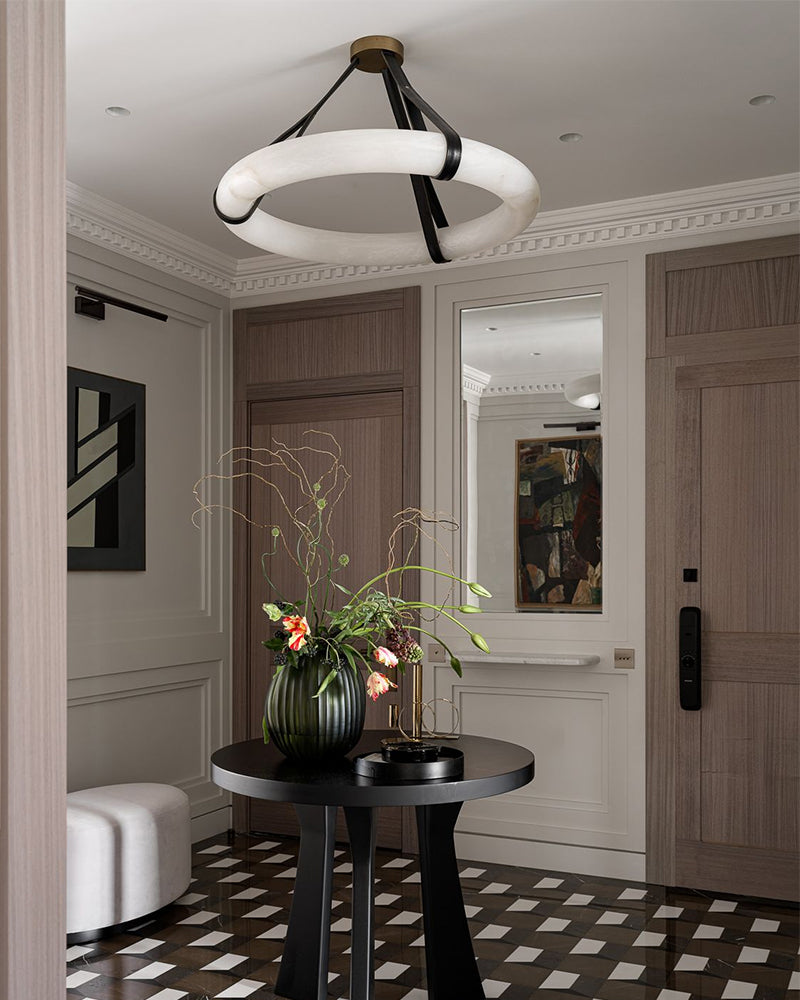
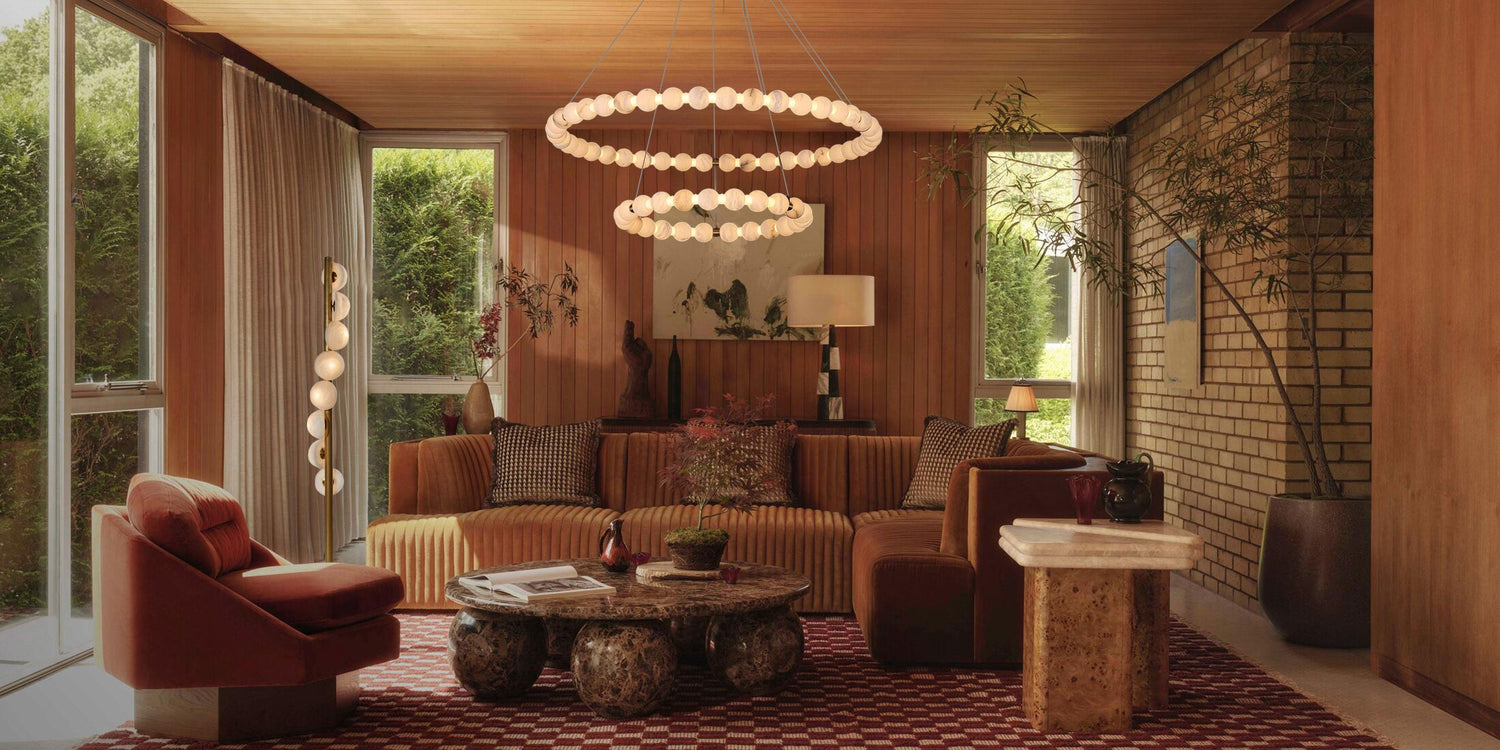
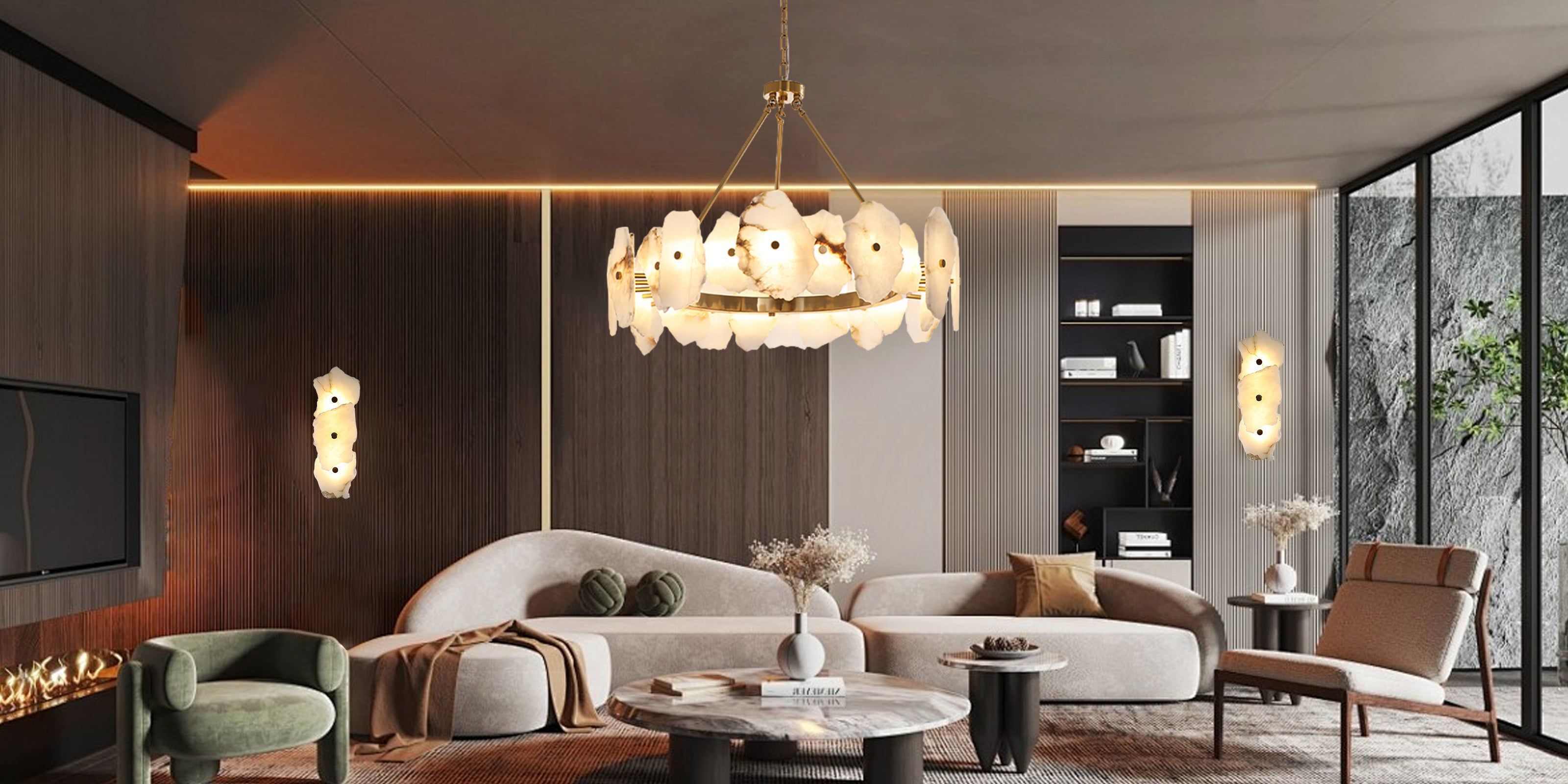

Leave a comment
This site is protected by hCaptcha and the hCaptcha Privacy Policy and Terms of Service apply.